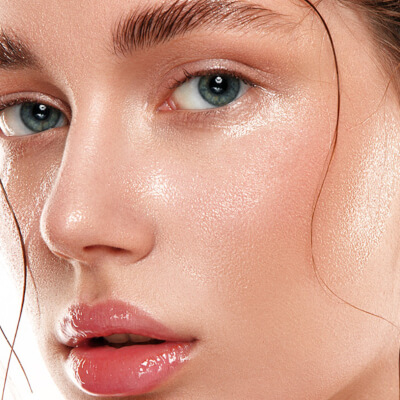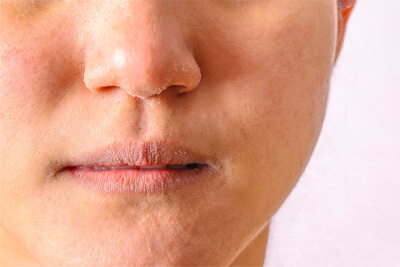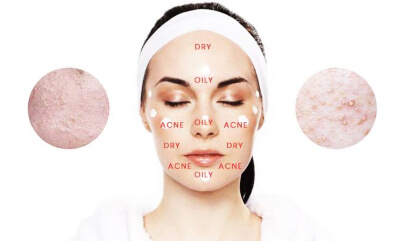Skin care specialists and makeup experts often refer to three main skin types. These are dry, oily, combination.
Depending on your skin type, your skin care regimen specifics will vary. Not that many people have a good understanding of what their skin type is.
As a result, their skincare routines appear to be more of a trial and error.
Below are the skin types and their care needs:

Source: dermadoctor.com
Most people come to the realization that they have oily skin when they notice that their skins are oilier than is usual. For most people, a little oil by late afternoon is considered normal.
However, a bit more oil than is normal around midday means that you have oily skin. Oily skin has slightly better natural sun protection but is also prone to acne.
Oily skin rarely experiences adverse reactions to skin products compared to dry, sensitive skin types. In a Korean skincare routine, the most emphasis would be placed on oil cleansers to ensure that the pores remain open.

Source: vargasfaceandskin.com
Dry skin is typically described as being flaky and more easily irritated. The skin is more sensitive, a quality that causes it to react to most the skin products.
Sensitive skin is the extreme-most type of the dry skin. Dry skin requires more moisturizing to ensure the skin remains hydrated.

Source: graceskinclinic.com
Is where the description of the skin on your cheeks matches dry skin but the description of your T-zone (nose and brow area) matches oily skin; then you have combination skin.
Combination skin requires that you approach the cleansing steps in a beauty regimen with moderation. Be careful not to overdo either oil cleansing of foam cleansing.
Moisturizing as always is recommended in plenty for combination skin seeing as it entails both aspects of dry and oily skin. The “T” zone; the chin, nose and the forehead, tends to display imperfections like the much-feared blackheads.
Acne is a long-term skin condition that arises when the skin pores are clogged with dead skin cells and oil. It is often characterized by pimples, blackheads or whiteheads and scarring.
Acne primarily affects parts of the skin with a large concentration of oil glands. These include the face, back and upper portion of the chest.
